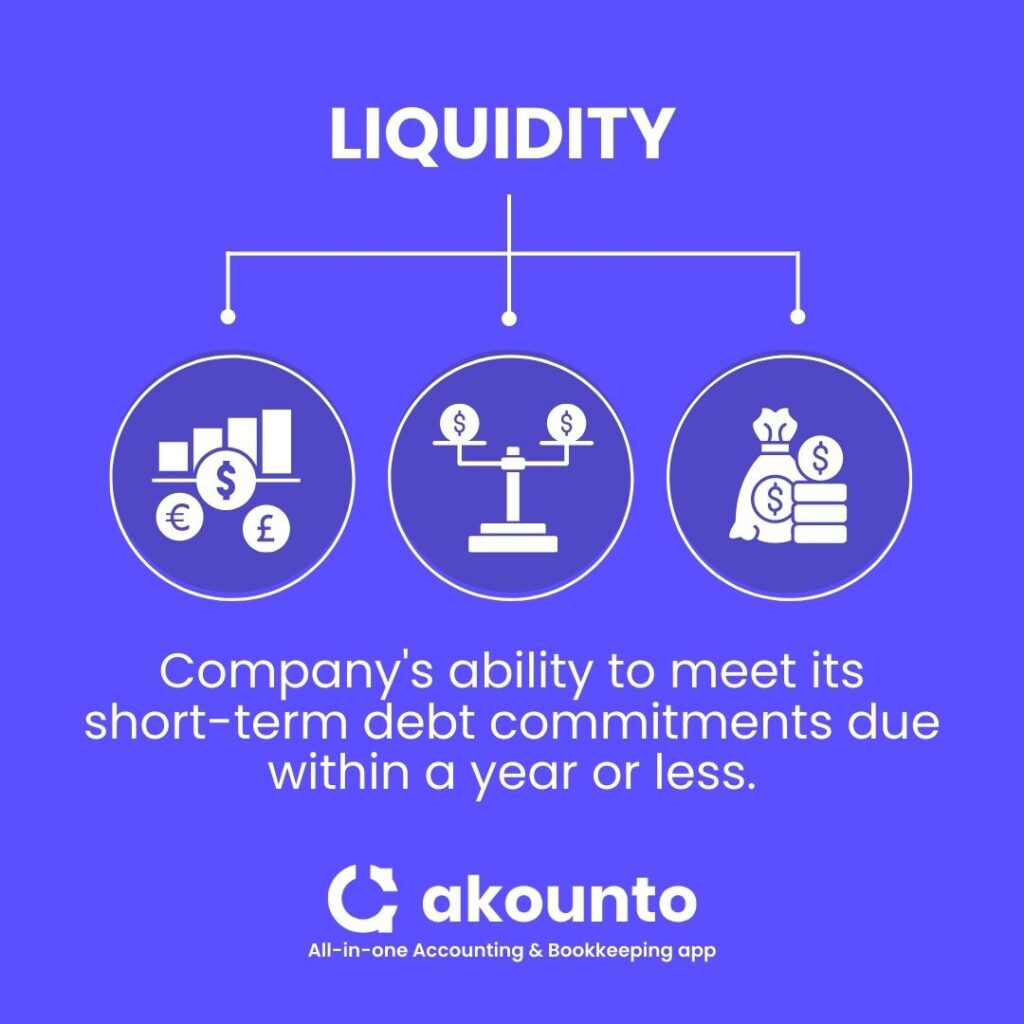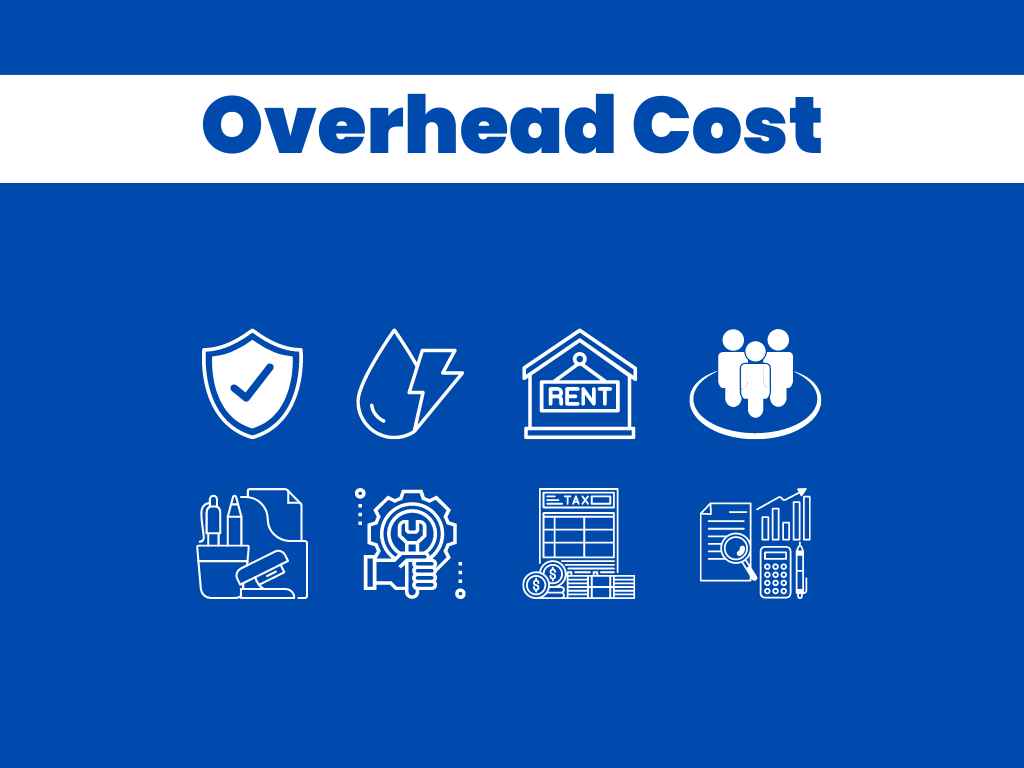The solvency and liquidity ratios measure long and short-term debt obligations meeting a company’s capacity.
Understanding a business’s solvency and liquidity is crucial for investors, analysts, and business owners to make informed decisions and identify potential financial risks.
What’s covered in the article
While both liquidity and solvency ratios are important indicators of a company’s financial stability, they are not the same.
This blog will explore the various aspects of solvency vs liquidity ratios and how to measure and interpret them.
Understanding Liquidity and Solvency Ratios
Solvency helps to measure long-term debt servicing capacity, while liquidity measures the same in the short term. Solvency and liquidity are important metrics to evaluate a business’s financial health.
These ratios provide insight into a company’s financial stability and ability to pay off debts, bills, and other expenses, thereby hinting at the company’s creditworthiness.
Liquidity evaluates a company’s capacity to pay short-term debt commitments, whereas solvency refers to a company’s capacity to pay long-term debt. Liquidity also shows a company’s capacity to sell assets to raise cash quickly.
Long-term liquidity shows how much of the company’s capital has been raised by shareholders (via share capital and retained earnings) and through long-term borrowings. Hence, shareholders are more concerned with the long-term liquidity of the company.
The short-term liquidity ratio is associated with the relationship between current assets and liabilities (including accounts payable and other short-term debts). Hence, vendors/creditors/lenders are more concerned about a company’s short-term liquidity.
What Does Liquidity Mean in Accounting?

Liquidity refers to a company’s ability to meet its short-term liabilities. It includes paying off debts, bills, and other expenses due within a year or less. A company considered to be liquid has a sufficient amount of cash or cash equivalents on hand to meet these dues.
How to Measure and Interpret Liquidity?
Several ratios are commonly used to measure a company’s liquidity, including the current and quick ratios.
These ratios help to determine the company’s ability to meet its current liabilities (short-term obligations) with current assets (cash and cash equivalents).
The current ratio can be computed by dividing a business’s current assets by its current liabilities. A ratio of 1:1 is ideal, as it means that a company has enough liquid assets or cash in hand to cover its current liabilities.
The quick ratio measures the company’s capacity to meet short-term debt obligations with only quick assets, a subset of current assets. It is also called the acid-test ratio.
Quick assets are cash and cash convertibles only and do not include inventory and other receivables. It provides a more accurate picture of a company’s liquidity, as inventory can be harder to convert into cash quickly.
What is the Current Ratio and Quick Ratio Formula?
The current ratio measures a business’s ability to pay short-term obligations. It is calculated by dividing a business’s current assets by its current liabilities. The current ratio formula is:
Current ratio = Current Assets / Current Liabilities
The quick ratio (acid-test ratio) is a more stringent measure of liquidity than the current ratio. It is calculated by dividing a company’s liquid assets (cash, cash equivalents, and marketable securities) by its current liabilities. The quick ratio formula is:
Quick Ratio = (Cash + Cash Equivalents + Marketable Securities) / Current Liabilities
What Does Solvency Mean in Accounting?

Solvency refers to a company’s ability to meet its long-term debt. It includes paying off debts and other expenses due in more than a year.
A company is considered solvent if it has sufficient assets to cover its short and long-term liabilities.
Solvency is often measured by comparing a company’s liabilities to its assets, equity, and cash flow. A company with a high level of solvency is considered financially stable and less likely to default on its debt obligations.
Some common solvency ratios include the Debt-to-Equity Ratio, the Debt-to-Asset Ratio, and the Interest Coverage Ratio.
How to Measure and Interpret Solvency?
Measuring and interpreting solvency in accounting involves analyzing a company’s financial statements to determine its ability to meet its long-term debt and understanding how it is performing financially in the long term.
The following steps can be used to measure and interpret solvency:
- Calculate The Debt-To-Equity Ratio: The debt-to-equity ratio is a solvency ratio that measures the proportion of equity and debt utilized to fund the company’s assets. It is calculated by dividing total debts by total equity. A higher ratio indicates a greater dependence on debt, which can be a solvency risk for the company. A lower ratio is considered better, indicating that a company has more equity to cover its debts.
- Calculate The Debt to Asset Ratio: The Debt to Asset ratio is a leverage ratio used to understand a company’s capital structure, i.e., the total amount of debt to assets owned by a company. It is calculated by dividing total debts by total assets. The higher the ratio, the greater the leverage. Hence, the risk of investing in that company is also high.
- Calculate Interest coverage ratio: The Interest coverage ratio indicates a company’s ability to handle its outstanding debt payments. It is calculated by dividing the earnings before interest and taxes by the total interest expense on the company’s outstanding debts. A lower ratio indicates less profit availability to meet the interest payments.
- Calculate The Shareholder’s Equity Ratio: The shareholder’s ratio shows the portion of the shareholder’s fund used to finance the company’s assets. It shows how much shareholders might receive on liquidation of the company. It is calculated by dividing the total shareholder’s equity by the company’s total assets and is expressed in percentages. A lower ratio indicates that the company has used more debt to pay for its assets.
Solvency ratios need to be viewed alongside other financial metrics, such as liquidity, profitability, and growth ratios, to get a comprehensive picture of a company’s long-term health.
A company with a strong solvency position will have a healthy balance sheet with low debt and high liquidity ratios, indicating that it can pay its bills and maintain a strong financial position over time.
What Is the Solvency Ratio Formula?
Solvency ratios are a sign of creditworthiness to the lenders and creditors of the company. Healthy solvency ratios make it easy for a small business to raise debt capital and take advantage of debt leveraging.
Solvency ratios are a type of financial metric that considers different ratios focusing on specific long-term liabilities. The formulae for the most commonly used solvency ratios are:
- Debt to Equity ratio = Short Term Debt + Long Term Debt + Other Fixed Payments / Shareholder’s Equity A high debt-to-equity ratio means a company is using debt to support its expansion and growth, which carries a high risk for the company. It also indicates lower solvency for the business.
- Interest coverage ratio = (EBIT or EBITDA)/ Interest Expense – A higher coverage ratio is good for a business’s solvency, while a lower coverage ratio indicates a debt burden on the company. It determines the solvency of a business by measuring its ability to pay long-term debt obligations.
- Debt to asset ratio = Total Funded Debt / Total Assets – Debt to asset ratio is one of the most used debt solvency ratios. This ratio calculates a company’s leverage and shows how much of its funding comes from assets vs debt, indicating the company’s capacity to repay its debt with its available assets.
- Shareholders’ equity ratio (equity to assets ratio) = Shareholder’s Equity/Total Assets – Shareholders’ equity ratio helps to understand if the shareholder’s equity can cover all the debts in case the business is experiencing a rough time. Hence, it indicates the solvency position of a company.
Liquidity And Solvency – Key Differences
| Liquidity | Solvency |
| Measure a company’s ability to meet its short-term financial obligations | Measures a company’s ability to meet its long-term financial commitments |
| Used to evaluate a company’s ability to pay off debt obligations, bills, and other expenses due within a year. | Used to evaluate a company’s overall financial stability, including its ability to pay off debt obligations and other expenses due in more than a year. |
| Commonly measured using ratios such as the current ratio and the quick ratio. | Commonly measured using the debt-to-equity ratio. |
| A higher ratio is generally considered to be better. | A lower ratio is generally considered to be better. |
Conclusion
Liquidity and solvency ratios are important indicators of a company’s financial health. While they are related, they measure different aspects of a company’s financial stability.
Liquidity ratios provide insight into a company’s short-term financial obligations, while solvency ratios provide a more comprehensive view of a company’s overall financial stability.
Akounto houses experts to provide professional bookkeeping services to businesses struggling to manage their financial records. Sign up to explore today!











